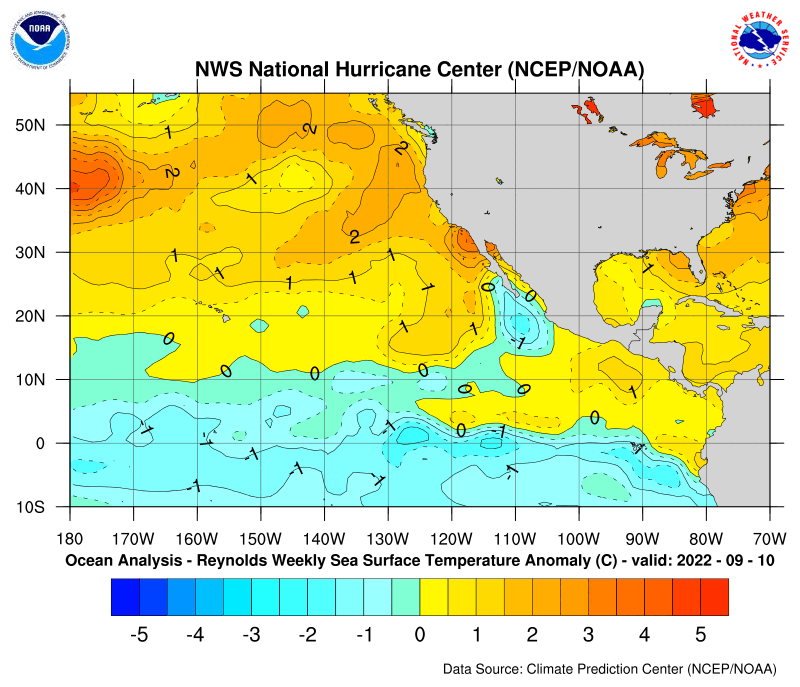Coredesat wrote:
Not exactly. There might be an increase in ACE, but it doesn't necessarily mean more storms. 1996, 2000, and 2001 were La Nina years that didn't have a huge number of storms (though they did have some intense ones). 1995 had a lot of storms, but the vast majority of them were recurves.
I might be wrong about this, but La Nina years seem to favor the development of long-lived, recurving storms more than neutral or El Nino years. We might have a season with a similar number of storms as 2007, but with a much higher ACE due to the storms being longer-lived.
More storms do form in La Nina years. Also, the ACE is higher. In addition, more major hurricanes form. 1995 was entering into a La Nina phase, but it was neutral for the most part. 1999 had less storms form than in 1998 and 2007, but it had more major hurricanes though.
ENSO is not the only factor involved. You have NAO, PNA, AO, and North Pacific Index.






